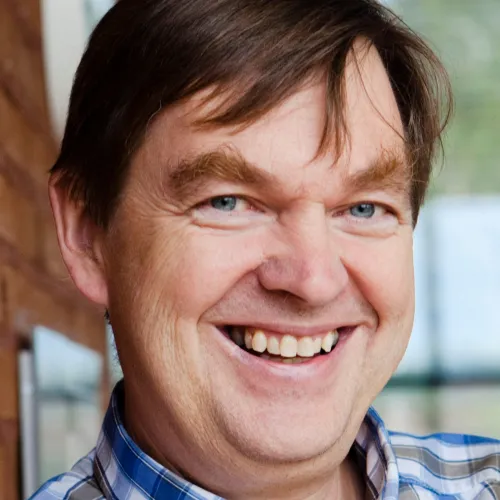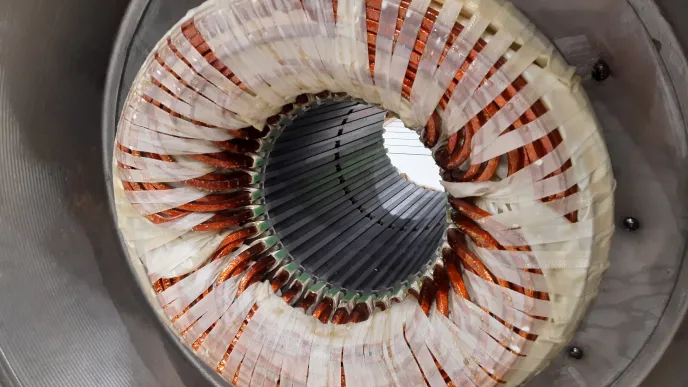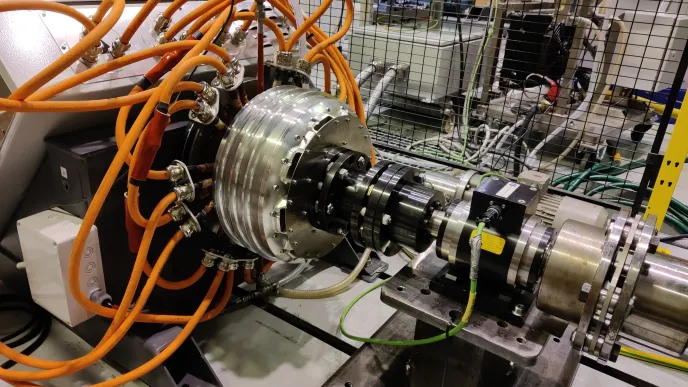Electromechanical energy conversion applications are highly important everywhere, e.g., in energy, transportation, and industry. Modern energy conversion is typically carried out in an intelligent way by applying power electronic converter drives, where a converter can control the electrical machine with high precision.
In the future, when power generation will be largely based on renewables, hydrogen will be the main energy carrier and storage, and the transportation on land, sea and air will be based on electrified or hybrid-electric propulsion, electrical drives will be one of the key enabling technologies.
Postgraduate course Advances in Electrical Drives
Advances in Electrical Drives,
and you are most welcome to join this event!
🎓 5 ECTS
Structure: 3 Assignments + 3 Days of Lectures and Exercises
In the Laboratory of Electrical Drives Technology, we are looking for innovative solutions to enable a resilient technology transfer to meet the challenges posed by the sustainable and energy-efficient world of the future.
Key research fields
Electrical machines: The research on electrical machines has focused on analyzing and developing different new structures. We have a strong emphasis on industrial and mobile high-speed machines. Mobile high-speed machines must have as high specific power as possible to enable even aviation applications, while industrial high-speed machines must provide highest possible reliability and long lifetime. Studies related to the novel use of materials, in particular, thermally conductive insulation materials, in electrical machine design are also of high interest. The studies include but are not limited to different winding arrangements (distributed, concentrated, tooth coil), slot arrangements (fractional slot) and cooling methods, especially, liquid cooling methods of electrical machines.
Our recent research has concentrated on machine types such as permanent magnet synchronous machine (PMSM) and synchronous reluctance machine (SynRM). The laboratory has a strong background of over 30 years in high-speed electrical machine technology. Any power, any speed!
Power electronics: The research in power electronics currently focuses on high fundamental frequency (1–3 kHz) solutions for high-speed high specific power electrical machines. Converters that employ wide band gap (WBG) power semiconductor technology are studied to improve performance and efficiency and to increase the power density of electric machines where possible. To maximize the power density, thermal modeling and cooling solutions are studied together with the integration of power electronics with the electrical machine. These objectives aim at optimal electric and hybrid electric solutions to be used with non-road mobile machineries (NRMMs) and heavy-duty vehicles.
In general, our research equipment and facilities enable us to study and prototype power electronic converter solutions at a low voltage level. Scaled-down prototypes can also be built for proof-of-concept studies. The group can carry out power electronics related modelling, analysis, control, design, and prototyping.
Research topics
- New methods to model electrical machines including high-frequency phenomena
- High-speed electrical drives technology
- Efficiency in electrical drives
- Integration of power electronics and electrical machines for high power density applications
- High fundamental frequency power electronic converters using wide band gap power semiconductor technology
- Electric and hybrid powertrains for electric transportation applications, especially for demanding applications like non-road mobile machines and heavy-duty vehicles
- Electrifying the hydraulic solutions (electrohydraulics) for non-road mobile machinery
- High ambient temperature power electronics
- Virtual prototyping using multiphysical modeling environments
Research environments
- High-speed drive testing up to 2 MW / 16 000 rpm at low voltage
- Efficiency measurements using calorimetric measurements.
- New power electronics teaching lab
Contact us

Pasi Peltoniemi

Lassi Aarniovuori

Publications
All staff

Lassi Aarniovuori









